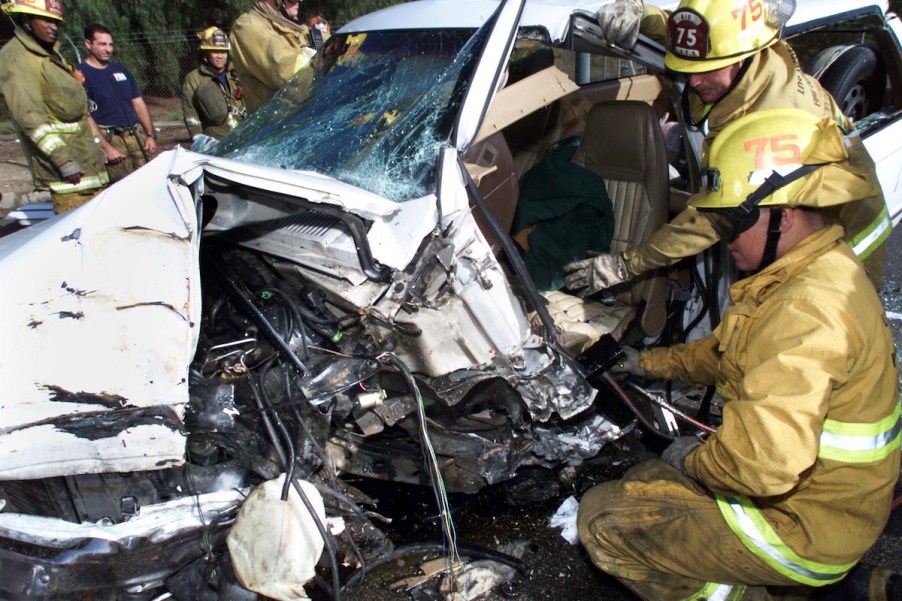
5 Steps to Take When Your Car Is Totaled
Dealing with the repercussions of severe car accidents is stressful. Even if no one is injured, you could still have to deal with the tragedy of a completely totaled car. In such a case, a comprehensive understanding of the situation can help you take the ideal steps forward. For those who might not know, here are the five steps to take when your car is totaled.
Steps to take when your car is totaled

A car is considered totaled (a total loss) when its repair cost exceeds its current market value. Typically this is determined by state laws, dealerships, or insurance companies. Some states have written laws that define totaled cars by specific thresholds.
These states use the (TLF) Total Loss Formula (TLF): a car’s repair cost added to its scrap value must exceed or equal its pre-accident value. On the other hand, an insurance company may define your car as a total loss if it meets the following:
- Safe, comprehensive repairs are impossible.
- Repair costs exceed the car’s worth.
- State laws demand they call it a total loss owing to the extent of the car’s damage, which can vary from 50% of its pre-accident value.
Once an expert has determined that your car is totaled, you must take a few key steps to protect yourself moving forward. Below are the five crucial steps you need to take.
1. Contact your insurance agency
The first step is to notify your insurance company immediately that your car has been in an accident and is possibly totaled. Many people are under the impression that their insurance company will automatically be notified if they file a police report; however, this is not always the case.
It’s important to contact your insurance company immediately after an accident for a few reasons. For example, if you wait too long, your insurance company could deny your claim entirely.
Additionally, the sooner you contact your insurance company, the sooner they can begin working on your claim and getting you the money you need to replace your totaled car.
2. Locate your loan paperwork & lender’s information and title information
If your car is totaled and you have a loan on the vehicle, you will need to locate your loan paperwork showing the account number, who holds the loan, and your lender’s contact information.
You will also need to find your car’s title. The title is the legal document that proves you own the vehicle. Your lender should have sent you the title when you first got the loan. Note that you will still need your paperwork even if a dealership totaled your car.
3. Remove all personal belongings
Once you have contacted your insurance company, the next step is to remove all of your personal belongings from the car. These items might include things like your clothes, phone chargers, sunglasses, etc. Additionally, you will need to remove the license plate from your car. In most states, you must turn your license plate to the DMV when your car is totaled. However, there are a few states where you can keep your license plate and transfer it to your new car.
4. Research the value of your vehicle
The next step Access Auto Insurance recommends is to research the value of your vehicle. Again, there are a few different ways to do this, including online research, visiting a dealership, or contacting a car valuation service. It’s important to get an accurate estimate of your car’s value because the insurance company will use this information to determine how much they will pay you for your totaled car.
5. Search for a new car
Once you accurately estimate your car’s value, the next step is to begin the search for a new car. If you have a loan on your totaled car, you will need to ensure that the insurance payout is enough to cover the remaining balance on your loan. If you don’t have a loan on your car, you can use the insurance payout to put towards the purchase of a new car.


